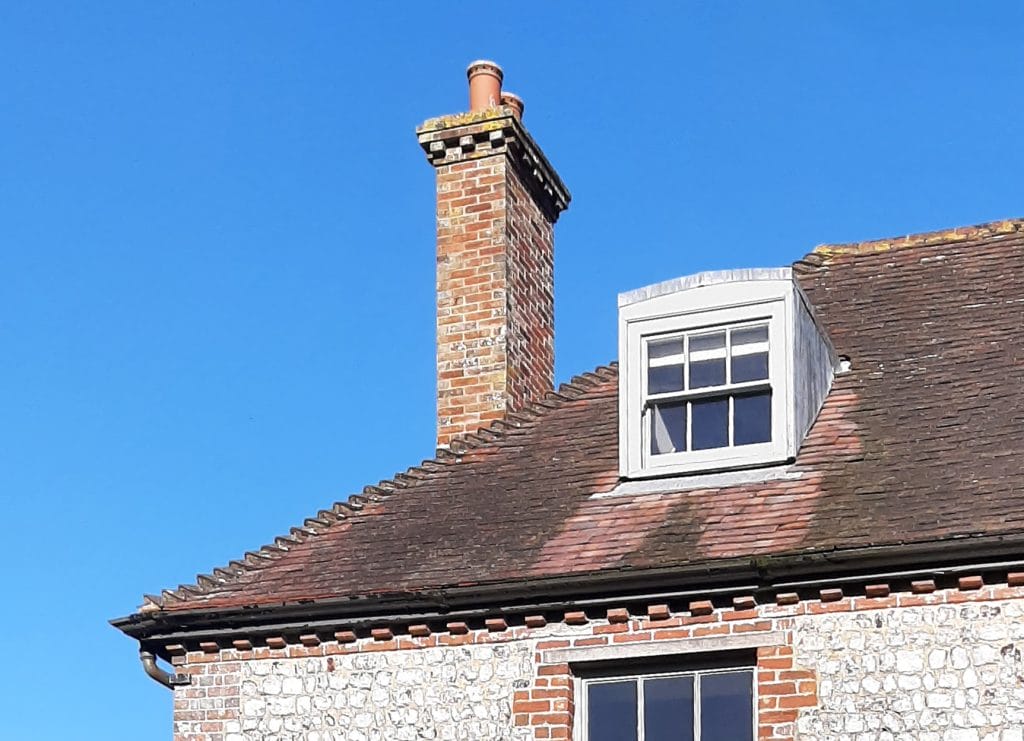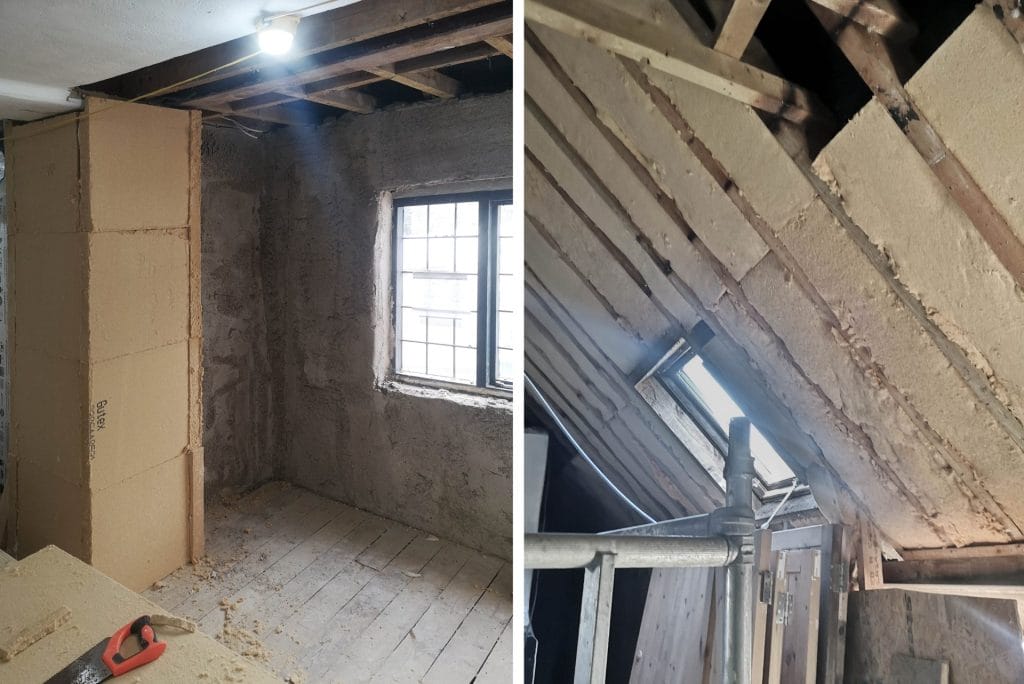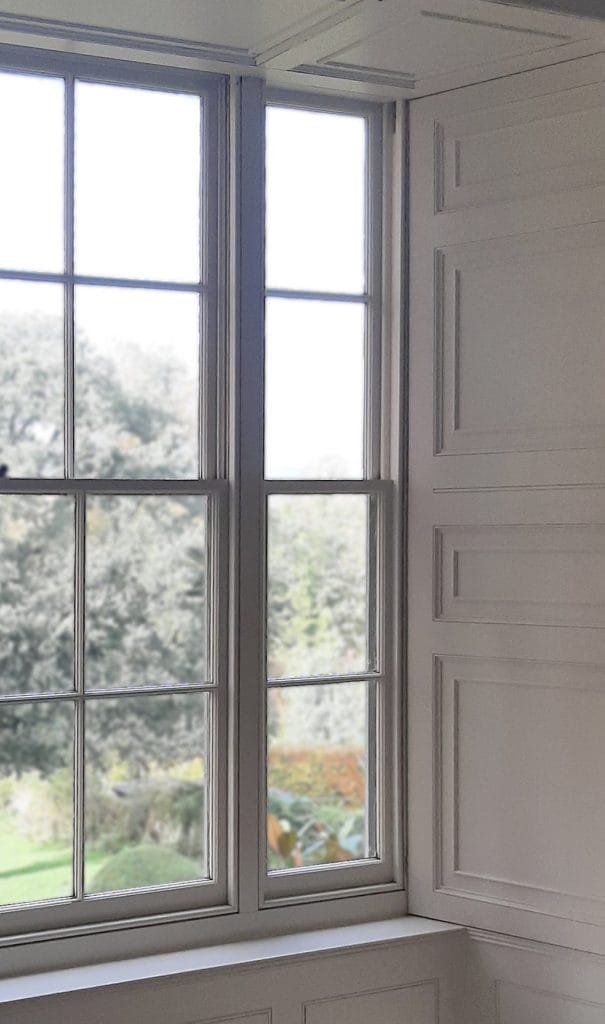Do you own a Listed or heritage property and need help and advice on how to make your building warmer and more energy efficient?
The retrofit of a heritage property isn’t about adding in standardised solutions or isolated, standalone measures. It’s about looking at the whole property in context, with all the ramifications of its local environment. It’s about assessing climatic conditions, exposure, orientation and original construction and coming up with the best way of making that specific property more energy efficient and resilient to climate change.

Addressing the fundamentals to start with
We need to start with the fundamentals, for example damp fabric e.g. a wet solid brick wall will consequently be very cold. Damp building fabric loses 30% more heat than a dry building. This is why the maintenance and repair of a building is essential as a starting point. This together with good levels of indoor air quality and ventilation is vital.
Also, old buildings use up to 15 to 20% of heat via draughts. In an old building, reducing infiltration losses via draughts are essential as the first step to reducing energy demand.
Who uses the building, identifying patterns of use and behaviours and where can savings be made are also crucial.
Producing a whole property retrofit plan
Having considered the fundamentals of repair, maintenance, restoration and ventilation of a building, we then move on to the enhancement of the fabric of the building to reduce heat losses.
Materials and techniques used for this task must be compatible with the existing fabric and junctions carefully detailed and considered. Its not a quick process but done correctly will be long lasting and worth the investment.
We also look at the energy efficiency of the existing building services. This includes making sure the property is adequately ventilated for the occupants and deciding which low carbon technologies will be the most appropriate to the property to reduce carbon emissions whilst at the same time maintaining healthy internal comfort levels.
It’s a careful balancing act between what is possible in terms of energy and carbon reductions whilst maintaining the natural dynamics of how the building fabric behaves in its setting.
A good long term retrofit plan will successfully reduce energy consumption and carbon emissions whilst ensuring the health of comfort of occupants. It will be resilient to climate change and be able to withstand environmental impacts and the needs of occupants for decades to come.


Preserving heritage features
When repairing or making a historic property more energy efficient it is useful to first understand the way a building performs in its current climate and which heritage features need to be preserved and maintained in situ. An assessment needs to be made around the significance of historical features and which may need to be documented prior to the design and preparation of any proposals.
Features which need to be preserved in any historic building may be the original windows, original doors, joinery, roof structure, historic mouldings etc. A lot of thought must go into how to work around and with these features without damaging them or their historical significance. For example, older properties often include a lot of timbers in their construction whether it be in floors, roof structure which may be ornate, timbers embedded in masonry walls or the timber profiles of a sash window. Timber can’t be damp for any length of time and so if you are using insulation materials in or around old timbers its essential to use the correct kind of hygroscopic insulation along with ensuring a certain level of ventilation is maintained.
When looking to make historic windows more energy efficient you will often want to preserve the narrow sight lines of the mullions and transoms. The window may be surrounded by original shutters and ornate cornicing which need to remain so in this instance a careful combination of specialist draught proofing, the use of vacuum glass or secondary glazing where possible and the use of specialist thin hygroscopic insulations inside the shutter boxes and to window reveals and surrounds can overcome some of these obstacles without affecting the historic features. Of course, every case is different and for a listed property in particular you will need careful attention to detail here to ensure no unintended consequences arise. We at Stickland Wright are well versed in producing high quality details for these types of retrofit and restoration work.
